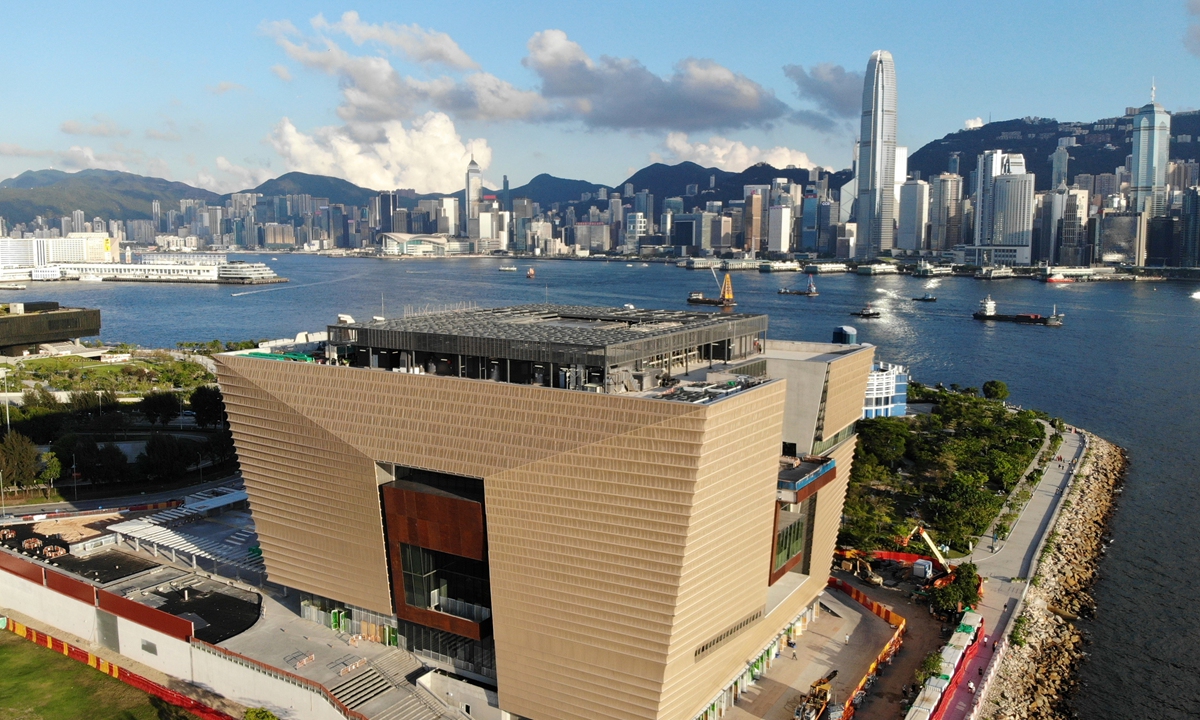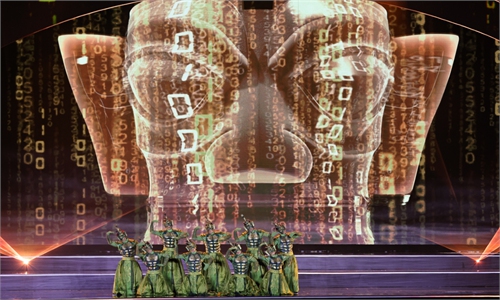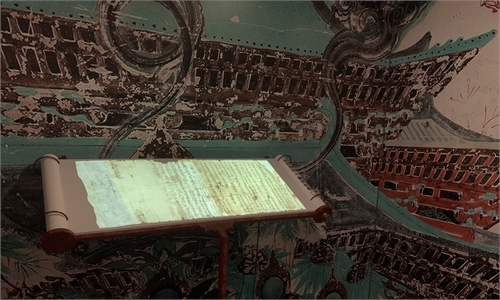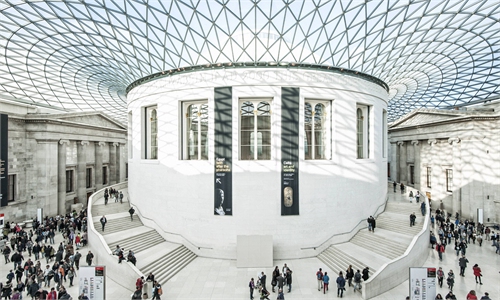ARTS / CULTURE & LEISURE
Ming Dynasty portrait paintings from Beijing Palace Museum on display in Hong Kong

Hong Kong Palace Museum Photos: IC
A total of 81 sets of precious portrait paintings from the Ming Dynasty (1368-1644) on loan from Beijing Palace Museum are now on display at the Hong Kong Palace Museum. Fourteen sets of national first-class level protected works are among the exhibits.
The HK Palace Museum noted that as the first ancient Chinese portrait painting exhibition in Hong Kong, the 81 sets, or 97 works in total, are from about 60 painters, including brush technique master Qiu Ying and Tang Yin, one of the "Four Masters of the Ming Dynasty."
"Most of them are being exhibited outside the Chinese mainland for the first time," noted Louis Ng, curator of the Hong Kong Palace Museum, on the opening day of the exhibition on Tuesday.
"It is a rare opportunity for people to appreciate these precious works," noted HK Pal-ace Museum deputy research fellow Zhang Fuzheng, who said that Ming culture was diverse and open, which is "not too far, nor too near from modern people."
"The exhibition shows the profound attainments of the famous painting masters of the Ming Dynasty from the mid-14th century to the mid-17th century. The exhibition will be a portrayal of the history, culture and life of the Ming Dynasty," added Zhang.
Great attention must be paid to the protection of these precious works, especially when it comes to controlling humidity and light levels. Experts said that the painting exhibits must be maintained at temperatures of 20 C or higher. The paintings will only be publicly displayed for three months, and after that they will return to Beijing for a one-year rest before going on display again.
The national treasures include painter Liu Jun's Emperor Zhao Kuangyin Visits Zhao Pu in a Snowing Night. In a spacious courtyard depicted in a painting, two people can be seen sitting around the fire in the middle of the front hall. The person sitting near the top of the painting is Zhao Kuangyin, a Song Dynasty (960-1279) emperor. He wears a turban on his head and a robe with a coiled collar and narrow sleeves. Zhao Pu, the deputy privy councilor, sits at the bottom.
While the painter focused on depicting the emperor, he didn't ignore the details in the scene. Near the rocks and distant mountains, the trees and crows are shrouded in dark-ness. The bamboo leaves, branches, and roof tiles are covered with white snow.
In another important painting, Spring Ablution at the Orchid Pavilion by Wen Zheng-ming, a sense of momentous flexibility and fluidity can be felt. The Orchid Pavilion, sitting among three pine trees, is surrounded by steep imposing peaks. A string of guests are along the stream, writing poetry, lost in meditation or gazing out into the dis-tance.
The exhibition is divided into four periods, with each period consisting of three units covering the early, middle and late periods of the Ming Dynasty. In the early period, the painting style is extravagant and free-flowing, the middle period represents clearness and elegance, while the late period style incorporates Western painting techniques.
The exhibition also uses new media technology. Interactive films are displayed inside the exhibition hall, allowing the public to enter the world of Ming Dynasty people.



